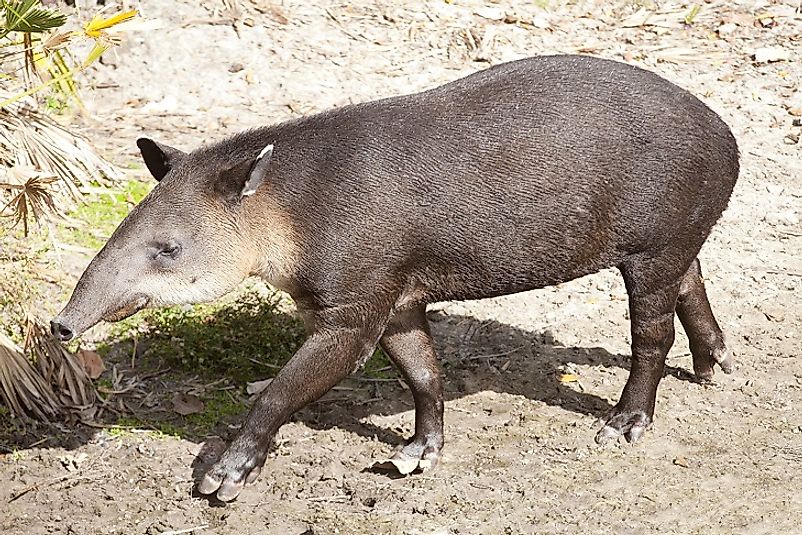National Animals Of South And Central America

Countries and government leaders have adopted many symbols to represent their ideals to other countries. These symbols are represented in their flags, national anthems, coat of arms, mottoes, uniforms, and emblems. Some governments use these symbols in official functions while others treat it as unofficial symbols. In the case of national animals, most are chosen to exemplify pride, intelligence, strength, and power. Moreover, some countries choose powerful mythical animals while others have timid ones. Others choose animals that are non-native but exemplify courage and will. South and Central America have the most unusual variety of national animals that are native to their countries.
South and Central American National Symbols
Argentina
The Rufous Hornero is the national bird of Argentina, being made so as the result of a school survey in 1928. It is also known as the red ovenbird due to its oven-like nest. It is found across the country. It is listed as of least concern in the International Union for the Conservation of Nature's (IUCN's) Red List of Threatened Species.
Belize
The national animal of Belize is the Baird's Tapir. It was named after American naturalist, Spencer Baird. It is also known as the mountain cow or danta and is the largest land mammal in the continent. The IUCN lists it as vulnerable.
Colombia
The Andean Condor is the national bird of Colombia. It is part of local lore and lives to over 70 years. The IUCN lists it as near threatened.
Costa Rica
Costa Rica has three national animals which are the Yiguirro Thrush bird, White-Tailed Deer and the West Indian Manatee. The melodious Yiguirro became the country's national bird in 1977 and is not threatened. The West Indian Manatee is found in Costa Rica and Brazil. It is listed as endangered in the IUCN list. The White-Tailed Deer is a medium-sized deer that is a favorite state animal of 11 US states as well as Costa Rica. Overpopulation has led to a need for population control measures such as deregulation of hunting.
Guatemala
Guatemala has the Quetzal bird as its national bird. Its feathers once served as currency among ancient Mayans and today is the currency name of Guatemala. It is part of ancient folklore and has a near threatened status in the IUCN list.
Honduras
Honduras, like nearby Costa Rica, keeps the White-Tailed Deer as its national animal as well. It is a very prolific animal in the Honduran wild.
Panama
Panama has the Harpy Eagle as its national bird. Although it is common enough in Brazil, it has a near threatened status in the IUCN Red List.
Peru
Peru has the Vicuna as its national animal, a relative of the llama. Its wool is expensive since it can only be obtained from the animal at three year intervals. The animal is native to Peru, although its population is the biggest in Bolivia.
How These Countries Chose Their National Symbols
National symbols are often part of a nation's attempt to create a visual representation of its people's goals, values, and history. From Central American jungles to the Amazon to Patagonia and Tierra del Fuego, these countries have no shortage of choices for their national animals. Indigenous peoples in South and Central America have a long history of dependence on their livestock. But unlike other peoples around the world, they value these ties, which also bind them to their homelands.
National Animals Of South And Central America
| Country | National Animal(s) |
|---|---|
| Argentina | Rufous Hornero |
| Belize | Baird's Tapir |
| Colombia | Andean Condor |
| Costa Rica | Yiguirro, White-Tailed Deer, West Indian Manatee |
| Guatemala | Quetzal |
| Honduras | White-Tailed Deer |
| Panama | Harpy Eagle |
| Peru | Vicuna |







